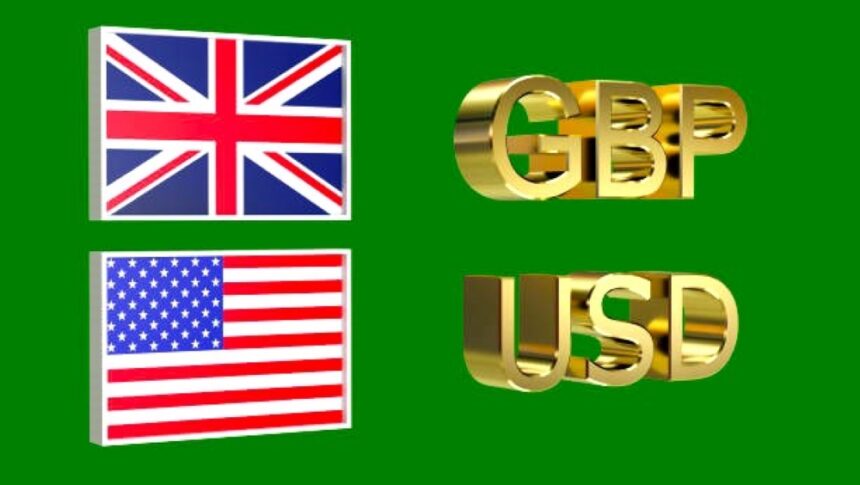Pound sterling beats its major peers as UK retail sales expanded at a faster-than-expected rate in August.
In Friday’s London session, the Pound Sterling (GBP) rose to a two-year high above the critical resistance level of 1.3300 against the US Dollar (USD). The GBPUSD pair gains as the US Dollar is under heavy selling pressure amid growing suspicion that the Federal Reserve’s (Fed) policy-easing cycle would continue in the fourth quarter of the year. The US Dollar Index (DXY), which tracks the value of the greenback versus six major currencies, , is below the critical resistance level of 101.00 and is heading towards a year-to-date low of 100.21.
The Fed expected to continue its aggressive policy easing cycle.
The Fed began its policy easing cycle on Wednesday with a larger-than-usual rate drop of 50 basis points (bps), lowering borrowing rates to 4.75%-5.00%. The Fed’s rate drop was a clear indication that policymakers are more focused on restoring labor market health and are optimistic that inflation will return to its target of 2%. According to the CME FedWatch tool, the Fed is likely to lower borrowing rates by 75 basis points in the remaining two meetings this year, implying another 50 basis point decrease. The tool also indicates the possibility of the Fed lowering interest rates. In November, it increased by 50 basis points to 43%, up from 37% on Thursday. Fed policymakers, on the other hand, expect federal funds rates to fall to 4.4% by the end of the year, a lesser decline than markets anticipate.
Moving forward, the next catalyst for the Pound Sterling and the US Dollar will be preliminary S&P Global PMI data for September, which will be released Monday.
Daily market movers: Pound Sterling surpasses its key peers.
On Friday, the pound sterling outperformed its major peers. The British pound strengthened when the United Kingdom’s (UK) Retail Sales figures for August came in stronger than predicted. Retail Sales data, a crucial indication of consumer spending, grew at a healthy rate. 2.5% year on year, above expectations of 1.4% and the July print of 1.5%. Retail sales increased by 1% month on month, compared to predictions of 0.4% and a 0.5% increase in July.
Fears that UK inflation will continue high have grown following an escalation in price pressures from the services sector.
According to the research, households spent substantially on textile, clothing, and footwear stores as well as food stores, but sales at other non-food stores decreased. Signs of strong demand for durable goods could exacerbate pricing pressures, a source of concern after core inflation rose faster than predicted in August. The Bank of England (BoE) left interest rates unchanged at 5% at its policy meeting on Thursday due to the continuing of significant price growth in certain sectors of the economy.
With an 8-1 vote, the Bank of England held borrowing rates constant. BoE’s exterior policy Swati Dhingra was the only member of the Monetary Policy Committee (MPC) who voted to lower interest rates by 25 basis points for the second time in a row. Investors expected Deputy Governor Dave Ramsden to vote in favor of a cut, but he did not.
In addition, BoE members unanimously agreed to reduce their holdings of government bonds by 100 billion pounds over the next year.









